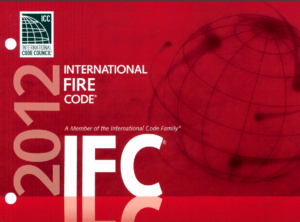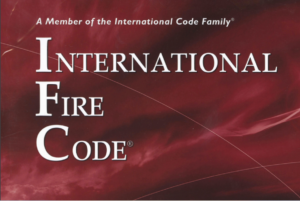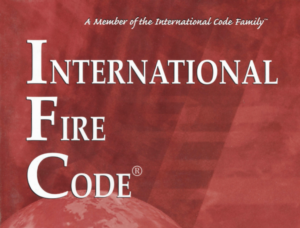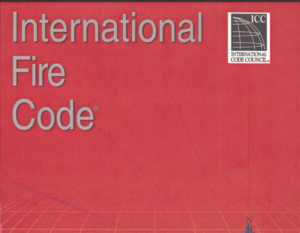The 2006 NFPA 1 Fire Prevention Code is a comprehensive code developed by the National Fire Protection Association (NFPA) that integrates and references over 125 NFPA codes and standards. Originating from initiatives dating back to 1971, the code has evolved significantly, reflecting changes in fire safety needs and technologies. This edition, officially recognized as an American National Standard on August 18, 2005, offers a complete revision of previous editions and includes new chapters that enhance the scope and detail of fire safety regulations.
NFPA 1 aims to provide a unified approach to fire prevention that can be used by municipal fire departments and regulatory agencies. It addresses a wide range of topics from the inspection of buildings and fire protection systems to the investigation of fire incidents and the regulation of hazardous materials. The code emphasizes performance-based design, giving code officials and design professionals flexible yet rigorous methods to ensure fire safety.
The administration of the code is designed to be adaptable to the specific needs and circumstances of different jurisdictions. It grants authorities the power to interpret and modify the requirements as necessary to meet local conditions while maintaining a high standard of fire safety. This adaptability is crucial for the effective application of the code across diverse environments and scenarios.
By consolidating and referencing existing NFPA standards, NFPA 1 facilitates comprehensive coverage of fire safety issues, making it a vital tool for enhancing public safety and property protection. The code’s structured approach to integrating various fire safety measures into a cohesive system makes it an essential resource for anyone involved in fire safety, from engineers and architects to local government officials.






